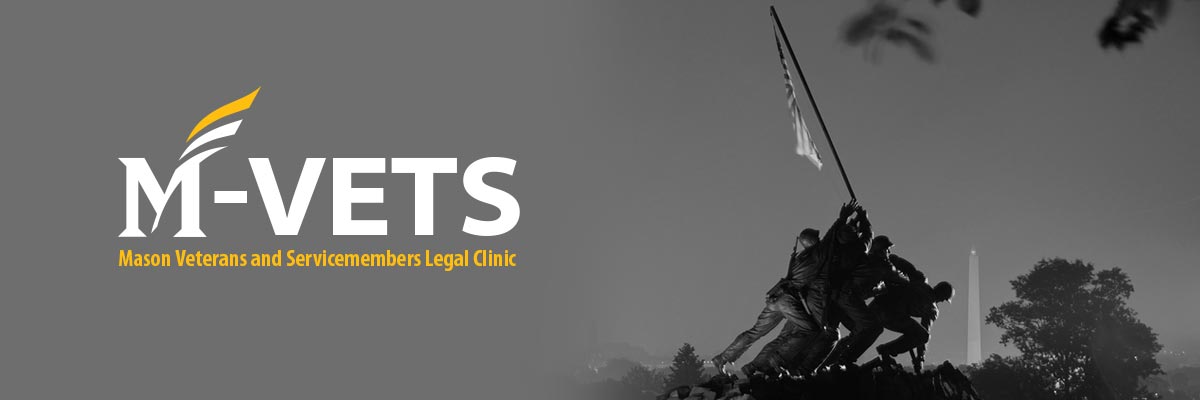By Spring 2018 M-VETS Student-Advisor
Domestic violence is an important issue faced by many of our servicemembers in the United States military and their loved ones. It has become a focus of the Department of Defense as it seeks to raise awareness about this sensitive issue that has affected the lives of many of our military families.
It has been suggested that, after several years of decline, domestic violence may be on the rise in military households and may touch the lives of military families more often than those within civilian families.[1] However, this could be attributed to an increase in awareness of domestic issues within the military and those who are willing to report incidents of domestic abuse.
Some theories suggest that the many unique stressors of military life may lead to the potential for domestic abuse in military families versus in the civilian population.[2] These stressors include multiple deployments, long separations from family, combat exposure, and reoccurring relocations that come with military life.[3] However, there is no conclusive reason or cause for domestic violence as it occurs in both military and civilian families and a vast majority of military families do not have any incidents of domestic violence.
While a significant number of victims are women, the problem is not just isolated to women. It is estimated that approximately one-third of domestic violence victims currently serving in the active duty military are men.[4] Out of an average of 8,000 complaints made to the military, approximately 2,500 involved male victims and female offenders.[5]
Additionally, many of the perpetrators of domestic abuse in military families are not servicemembers. According to the Department of Defense’s 2016 Report on Child Abuse and Neglect and Domestic Abuse in the Military, 40% of the perpetrators of domestic violence in military households were civilians.[6] Therefore, there is no rhyme or reason when it comes to domestic abuse but attempting to identify triggers and raise awareness has been a concerted effort of the military.
One way to help combat domestic violence in the military is to continue to raise awareness about the issue. Often, victims are reluctant to come forward to report abuse for many reasons including fear of retaliation, fear of ruining a loved one’s military career, and the lack of resources for dependents. With that in mind, the Department of Defense has implemented a Domestic Violence Awareness Campaign and suggests various ways to help promote awareness and prevention, including encouraging people to become active in their community and report suspected abuse.[7]
The Department of Defense has also implemented programs to assist those who suffer from the effects of domestic abuse and those who perpetrate the abuse, including the Family Advocacy Program (FAP). The FAP works to prevent domestic abuse through education and awareness programs.[8] FAP offers classes, counseling, assistance in finding shelter, awareness campaigns, and coordinating with civilian agencies to help victims and their families.[9] However, in order to get help to families in need, FAP and other advocacy groups promote awareness
Unfortunately, since the DoD’s jurisdiction in these matters usually covers active duty personnel and their families, services such as FAP are not generally available to reservists, national guard members, veterans or retirees.[10] In those situations, family members must rely on local civilian agencies and groups for assistance.
If you are a victim of domestic abuse, know someone who is, or you are afraid you might hurt yourself or others, there is help out there and most importantly there is hope. Many military and civilian organizations are dedicated to assisting servicemembers and their families through times of family abuse. And hopefully one day, the need for these programs will disappear as domestic violence declines.
The following are helpful resources to assist those in need:
- The National Domestic Violence Hotline[11] (1-800-799-SAFE (7233)
- MilitaryOne Source[12] (800-342-9647)
- Real Warriors Live Chat[13] (866-966-1020),
- and your local Family Advocacy Program are here to help.
[1] Nancy Montgomery, Reports of Family Violence, Abuse Within Military Rise, Stars and Stripes (July 10, 2011), https://www.stripes.com/reports-of-family-violence-abuse-within-military-rise-1.148815 https://www.military.com/spousebuzz/blog/2016/10/3-things-need-know-domestic-violence.html
[2] Lizanne Carlson, 3 Things You Need to Know About Military Domestic Violence, Military.com (October 28, 2016), https://www.military.com/spousebuzz/blog/2016/10/3-things-need-know-domestic-violence.html
[3] http://www.bwjp.org/our-work/topics/military-ipv.html
[4] Andrew Tilghman One-third of Domestic Violence Victims in Active Duty Military Families are Men, Military Times (August 27, 2014), also found at https://www.militarytimes.com/news/your-military/2014/08/27/one-third-of-domestic-violence-victims-in-active-duty-military-families-are-men/
[5] Id.
[6] http://download.militaryonesource.mil/12038/MOS/Reports/FAP_FY16_DoD_Report.pdf
[7] Donna Miles, Military Launches Domestic Violence Awareness Campaign, U.S. Department of Defense, (October 4, 2010), http://archive.defense.gov/news/newsarticle.aspx?id=61131
[8] http://www.militaryonesource.mil/-/the-family-advocacy-program
[9] Id.
[10] www.bwjp.org/our-work/topics/military-ipv.hmtl.
[11] The National Domestic Violence Hotline also found at http://www.thehotline.org/
[12] MilitaryOne Source also found at http://www.militaryonesource.mil/
[13] Real Warriors Live Chat also found at https://www.realwarriors.net/livechat

